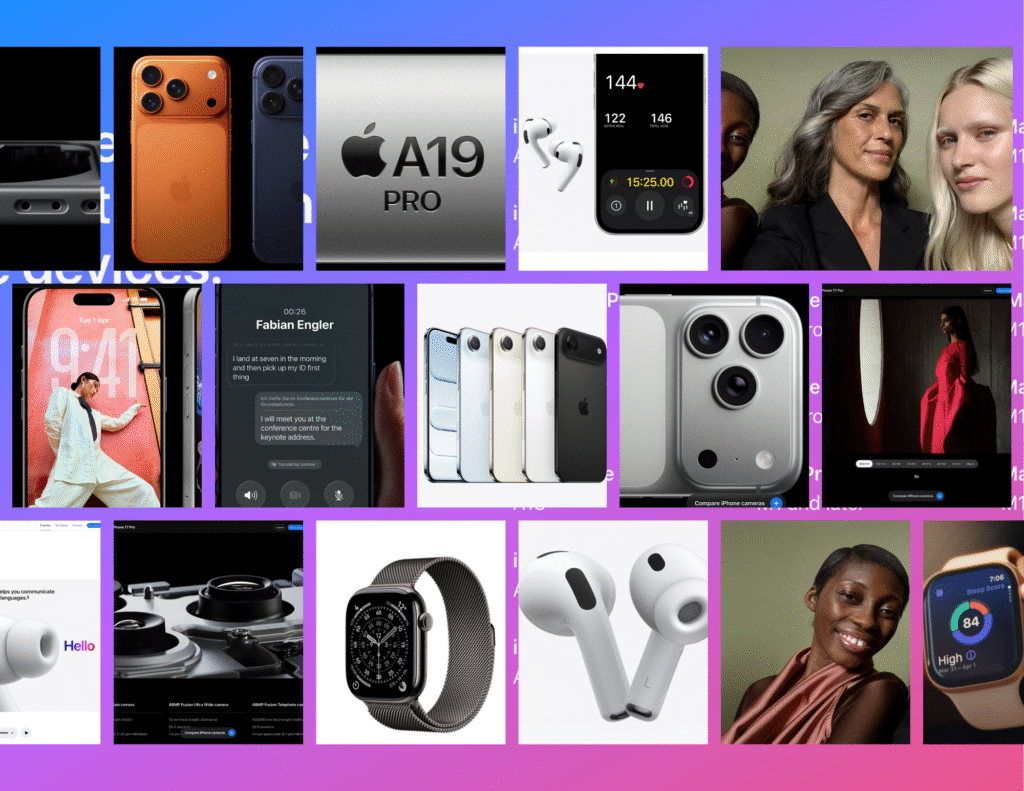
Apple’s September 2025 event wasn’t just a product launch—it was a masterclass in modern marketing orchestration. Five carefully crafted videos blur the boundaries between spec sheets, emotional narratives, and technical demonstrations. From the “awe-dropping” event recap to the deeply personal “Dear Apple” testimonials, each piece reveals as much about contemporary marketing strategy as it does about titanium frames and vapour chambers.
The Strategic Architecture: What Apple Got Right
Convergent Content Strategy
Apple’s smartest move was abandoning artificial boundaries between product specs and brand storytelling.
The iPhone 17 Pro video works simultaneously as technical documentation, emotional appeal, and manufacturing showcase.
Modern consumers don’t compartmentalise their decision-making—they want comprehensive information wrapped in compelling narrative.
The “Dear Apple” Watch campaign shows this brilliantly. Rather than listing health features in sterile bullet points, Apple created authentic testimonials that naturally reveal capabilities like heart rate monitoring and emergency SOS whilst creating profound emotional connection. Product demonstration through human impact beats feature-focused advertising every time.
Production Value as Strategic Communication
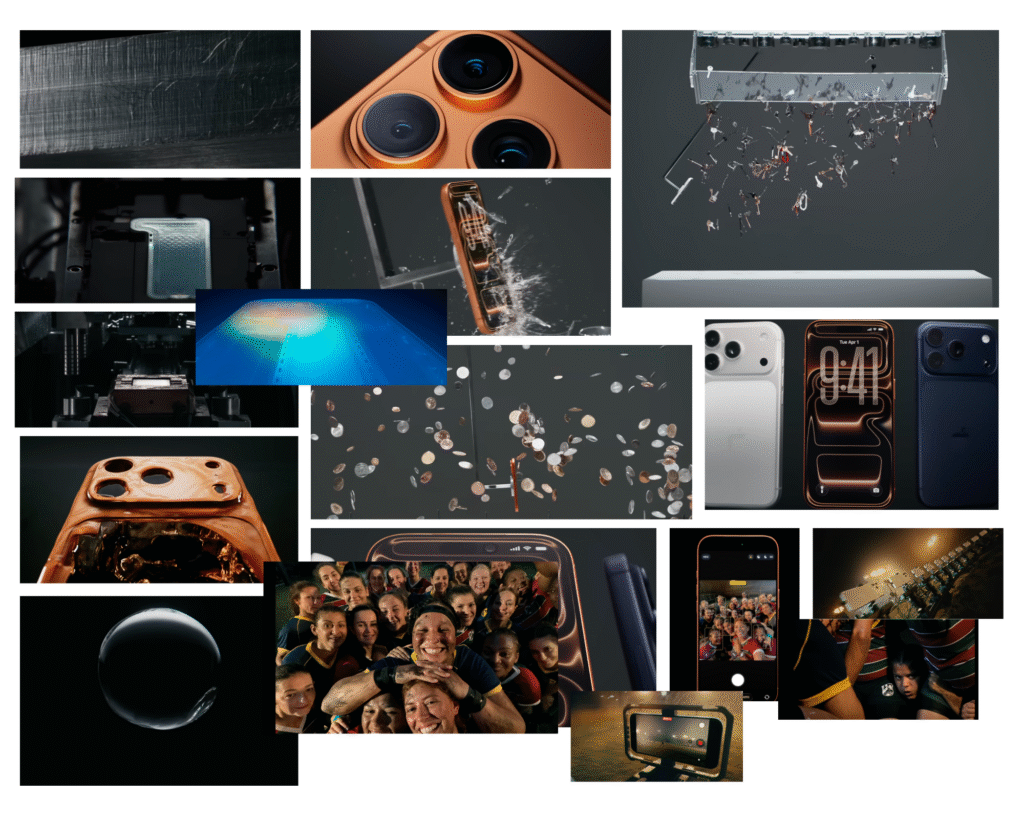
Apple’s investment in cinematic quality isn’t just aesthetic—it’s strategic messaging.
The iPhone 17 Pro video’s industrial choreography, complete with precision machining sequences and vapour chamber animations, signals reliability and engineering excellence.
The production quality itself becomes a product feature, suggesting devices made with this precision will deliver refined user experiences.
This approach works particularly well for the iPhone Air, where thinness could seem like fragility. By demonstrating the titanium manufacturing process in detail, Apple preemptively addresses durability concerns whilst positioning the Air as an engineering marvel rather than a compromise.
Website-Video Synergy
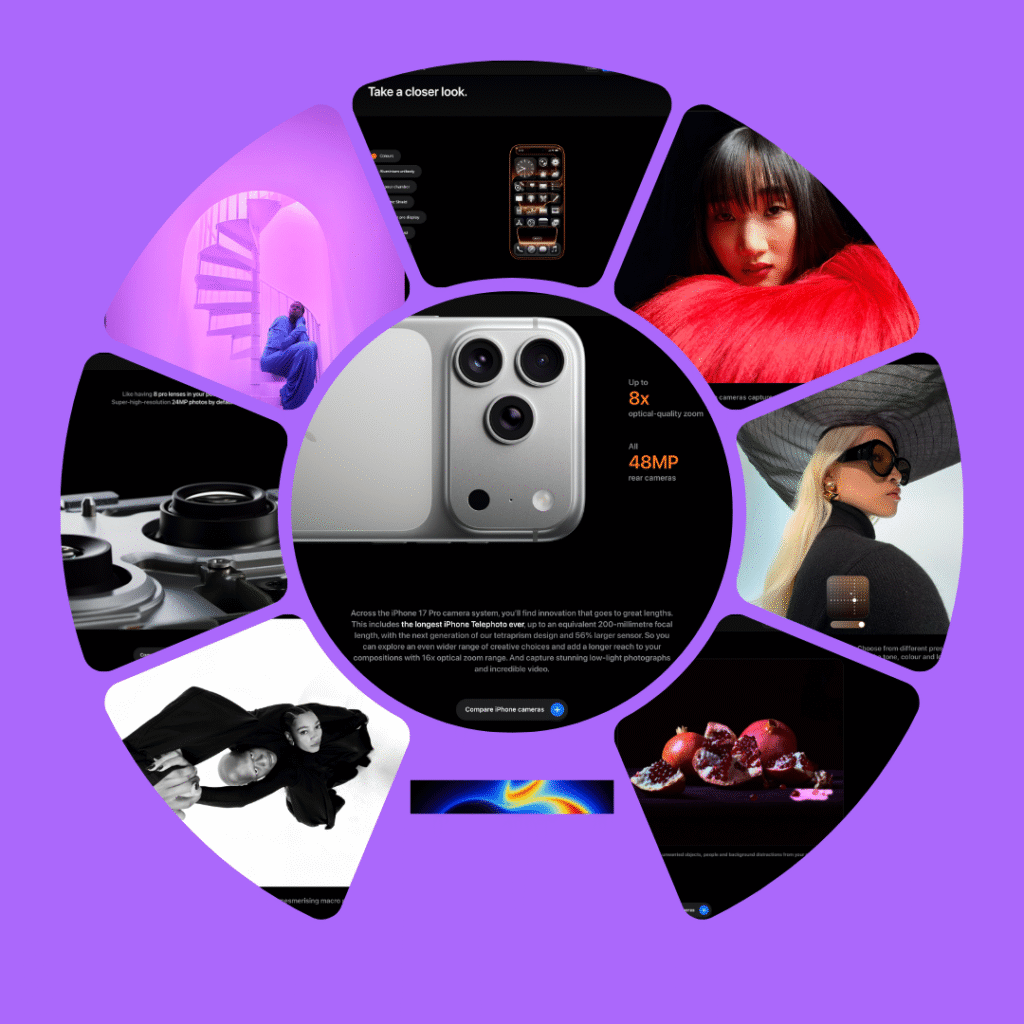
Apple’s main website demonstrates sophisticated content ecosystem management. The clean, scannable format—”The most powerful iPhone ever. Breakthrough battery life. Our best display ever”—provides digestible takeaways that reinforce video messaging. The website acts as a reference point, whilst videos provide emotional engagement.
The hierarchical information architecture works seamlessly: bold headlines capture attention, concise descriptions provide clarity, and technical specifications satisfy detail-seekers. This multi-modal approach recognises that users consume information differently across touch-points.
Digital Marketing Perspective: Sophistication Meets Missteps
What Apple Got Right
Smart Information Architecture reveals sophisticated content design.
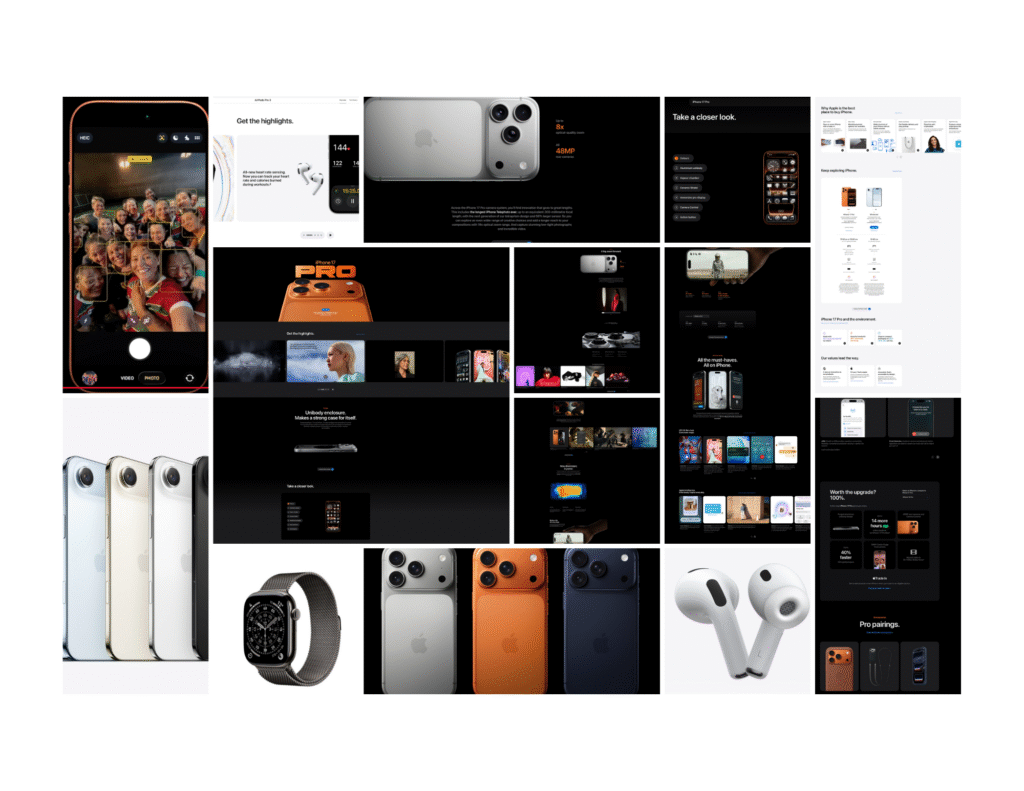
The rapid-fire event recap serves as an appetiser, delivering core messages in digestible portions.
This acknowledges modern attention spans whilst providing entry points for various engagement levels—casual browsers get essential information in under three minutes; enthusiasts can dive deeper.
The testimonial approach in “Dear Apple” creates emotional distance whilst maintaining brand proximity. Users aren’t selling Apple Watches; they’re sharing life-changing experiences.
The narrative follows classic principles: problem identification, technological intervention, and resolution, positioning Apple as enabling technology rather than central character.
The website’s consistency with video messaging shows mature campaign management. Product descriptions maintain the same tone and emphasis across channels, creating cohesive brand experience.
“That Apple Watch just saved your life” becomes the most powerful marketing message Apple never officially makes.
Where Apple Stumbled
Thin Premise, Questionable Value: The Jobs Philosophy Paradox
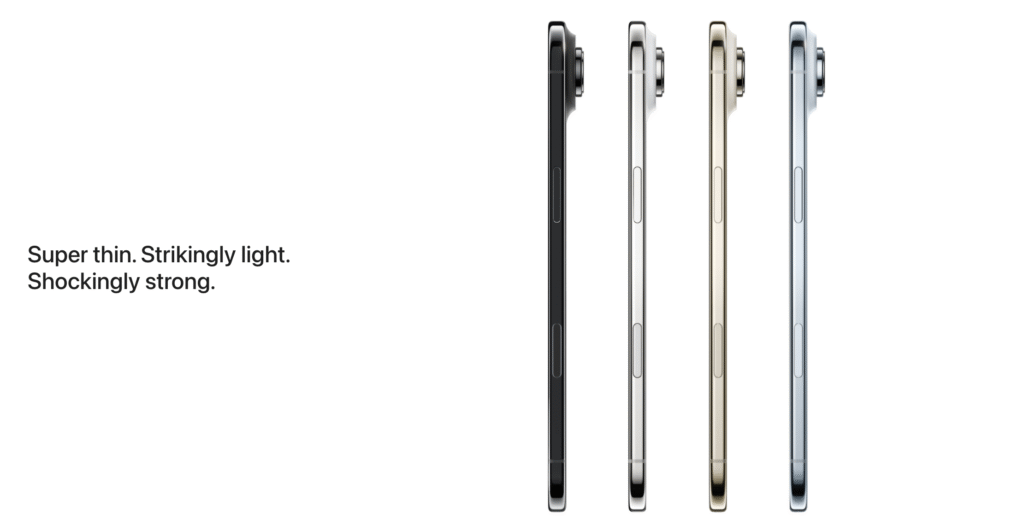
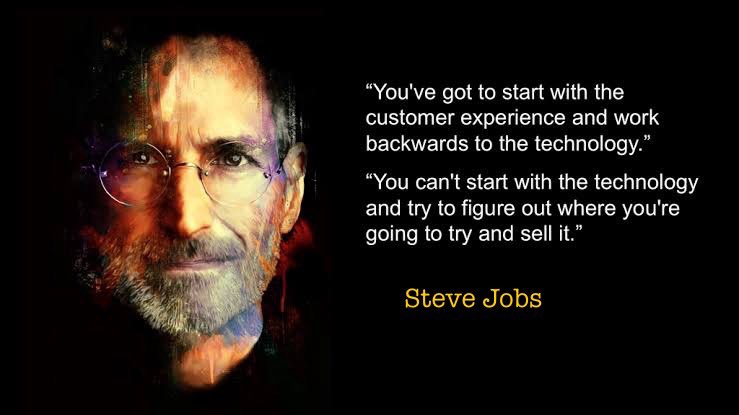
The iPhone Air’s positioning reveals strategic confusion about market priorities, but more fundamentally, it represents a misapplication of Steve Jobs’ own customer experience philosophy. Jobs famously said: “A lot of times, people don’t know what they want until you show it to them. Start with the customer experience and work backwards to the technology”.
This wisdom created the iPod and iPhone itself—products that anticipated needs customers didn’t yet recognise. However, the iPhone Air presents a fascinating test case: Is 5.6mm thinness solving a problem customers don’t know they have, or creating one they didn’t need?
Current consumer research suggests the latter:
- 73% of iPhone users feel current features add little value
- Battery life, durability, and build quality consistently rank highest in surveys
- Many consumers still wish for longer battery life and practical features
- Samsung’s similarly ultra-thin Galaxy S25 Edge moved only one million units last quarter
The engineering constraints are telling. Ultra-thin smartphones can lose 30% of processing power during sustained tasks. The 5.6mm thickness requires significant compromises in battery capacity, thermal management, and structural integrity—precisely the areas consumers prioritise most.
True to Jobs’ philosophy would mean asking: “What incredible benefits can we give to the customer?” Based on research, that would likely be longer battery life, more durable construction, or enhanced practical functionality.
Instead, Apple appears to ask: “How can we market this impressive engineering achievement?” That’s precisely the technology-first thinking Jobs warned against. The iPhone Air risks solving a problem customers don’t have whilst ignoring problems they do—the inverse of Jobs’ revolutionary approach.
UX Writer’s Perspective: Language That Lands (And Language That Doesn’t)
Conversational Excellence
The scripts show exceptional conversational UX writing—transforming technical product comparisons into natural dialogue. Phrases like “You okay there?” and “Not to worry” create empathetic brand personality that acknowledges user frustration rather than ignoring it.
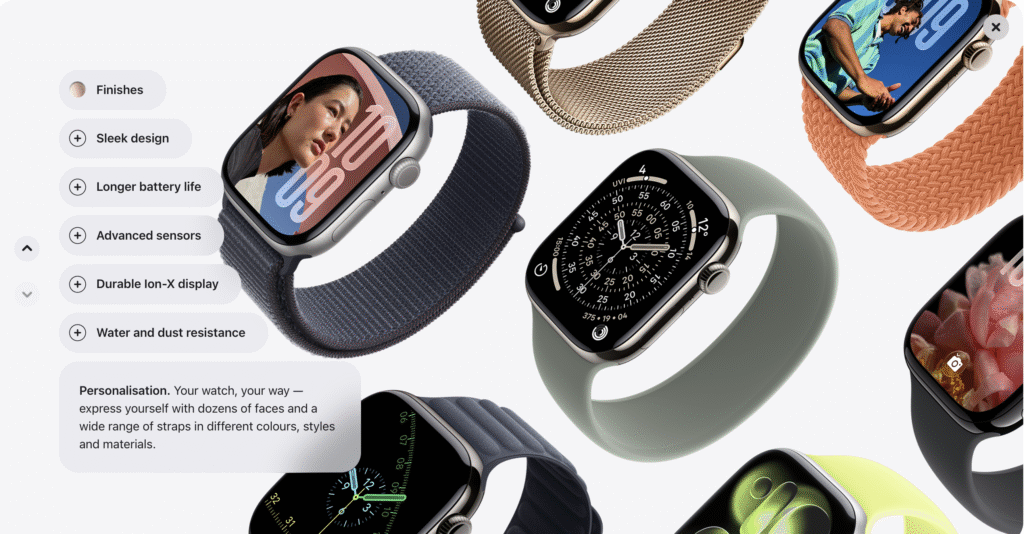
The progressive disclosure approach in the guided tour works brilliantly, introducing iPhone models sequentially rather than overwhelming viewers with all four options at once. This cognitive load management prevents analysis paralysis that often accompanies complex purchasing decisions.
Website Copy Mastery
Apple’s main website demonstrates precision in benefit communication. Each product description leads with outcome rather than feature:
- “The most powerful iPhone ever” (outcome) before “A19 Pro chip” (feature)
- “World’s best in-ear Active Noise Cancellation” (benefit) before technical specifications
- “Ultimate way to watch your health” (promise) before sensor details
This benefit-first hierarchy helps users understand relevance before getting lost in technical complexity.
Clarity Through Compression

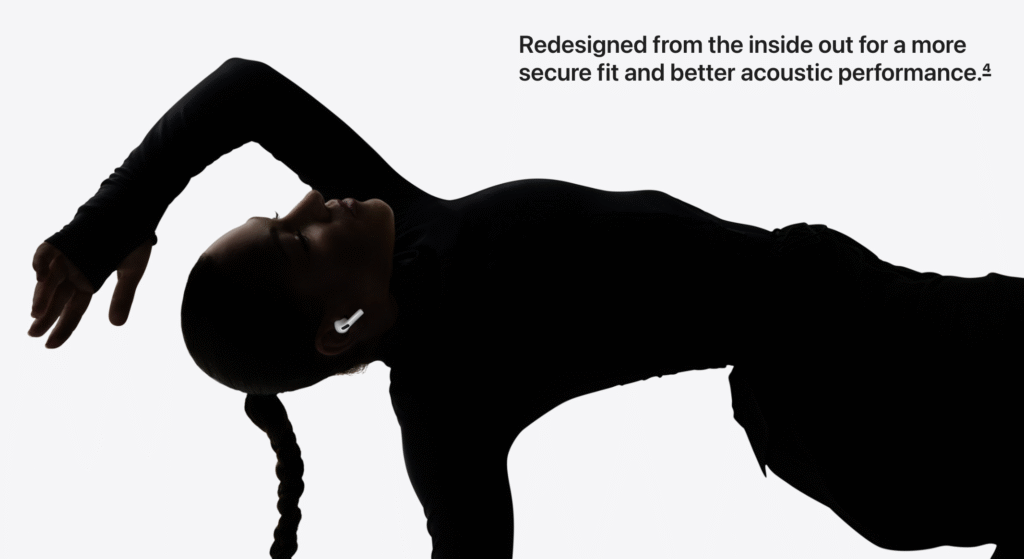
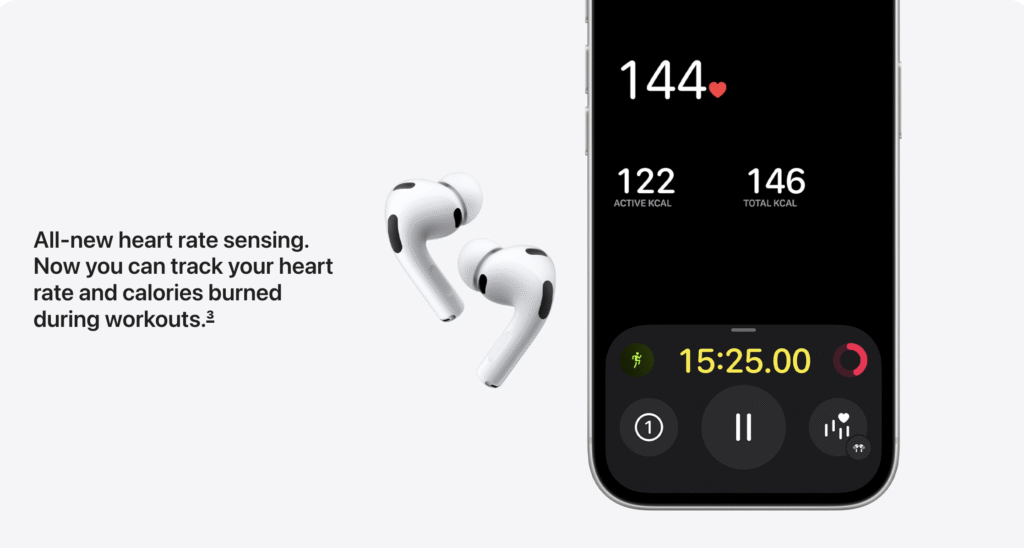
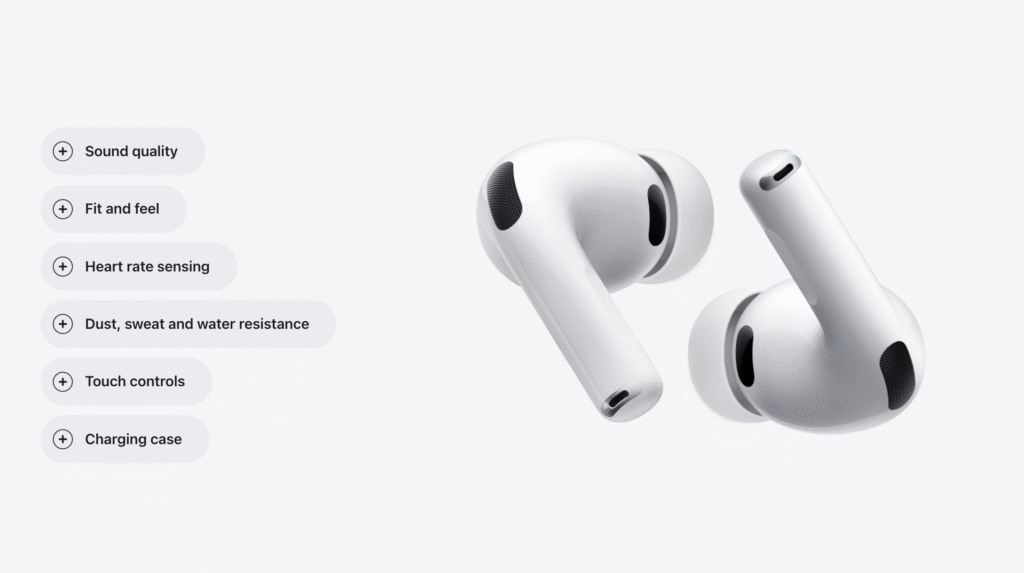

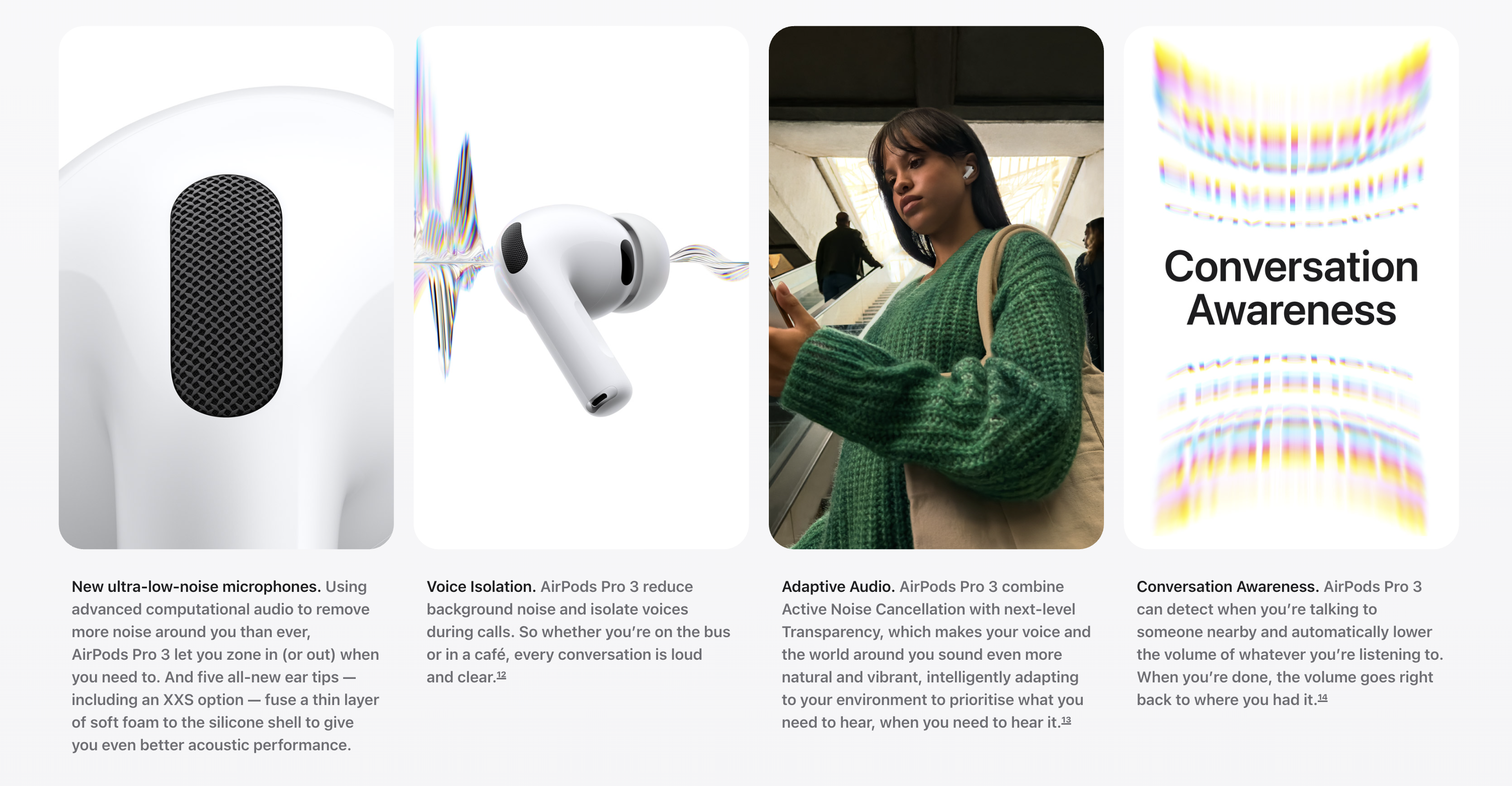
Apple’s 48-second AirPods Pro 3 video demonstrates exceptional information density—communicating complex technical concepts within severe constraints. Phrases like “all-new heart rate sensing during workouts” provide specific, actionable information rather than marketing fluff.
However, certain phrases reveal strategic word choice tensions. “Radically thin frame” and “custom-made chips” sound impressive but don’t explain what “radical” means practically or why customisation matters to users—feature descriptions masquerading as benefits.
The Authenticity Challenge
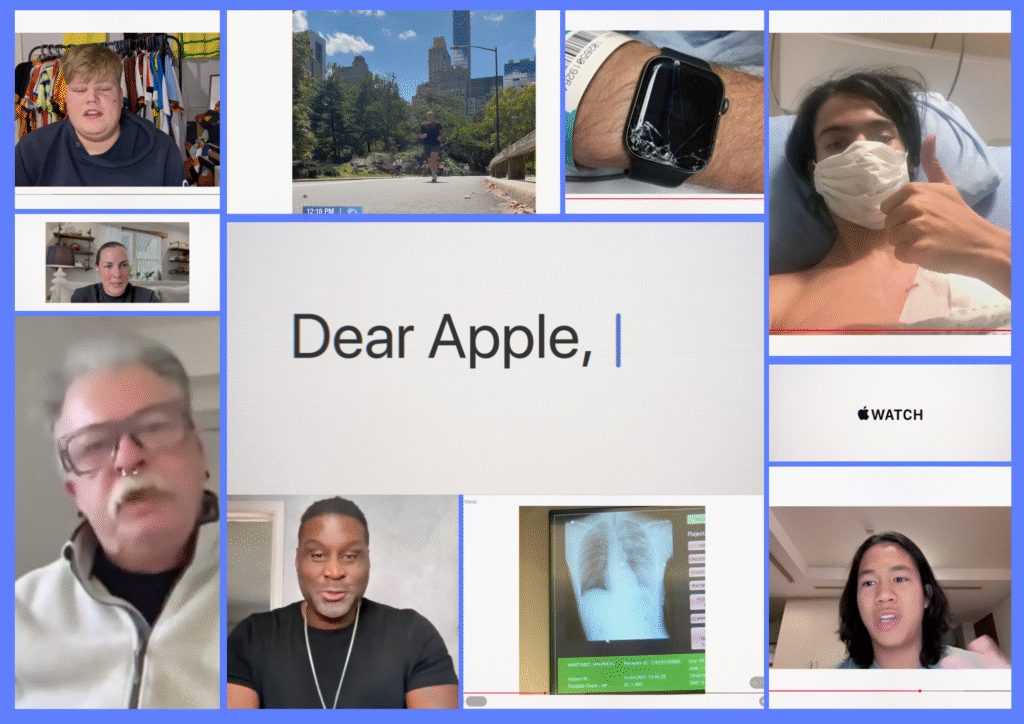
The “Dear Apple” testimonials achieve authenticity through apparent lack of traditional copy. By letting users speak in their own voices—“Oh my God, it had my back, it had my front, it had my sides”—Apple achieves genuineness that polished marketing language could never match.
Yet certain moments reveal editorial intervention.
The progression from “I just wasn’t taking care of myself” to “I just got into the New York City Marathon” feels cinematically structured rather than naturally conversational, suggesting careful narrative curation.
AI Evangelist Perspective: Intelligence Hidden in Plain Sight
Strategic Understatement
Apple’s AI positioning remains refreshingly understated—focusing on practical benefits rather than technological complexity. The company mentions “Apple Intelligence” and “Neural Accelerators” but provides minimal detail about AI functionality, representing infrastructure-first marketing rather than feature-led promotion.

Centre Stage camera functionality represents compelling practical AI implementation.
Automatic field-of-view expansion and portrait-to-landscape rotation solve real content creation challenges without requiring technical understanding—AI that enhances rather than complicates user experience.
The website’s AI messaging follows similar restraint. Terms like “advanced 48MP Fusion camera system” and “powerful A19 Pro chip” hint at AI capability without overwhelming users with technical complexity.
Missed Opportunities
Apple Intelligence integration remains frustratingly opaque across the entire lineup. Whilst competitors like Google and Samsung have made AI central to their value propositions, Apple’s September event barely mentioned practical AI capabilities. This seems strategically short-sighted when AI capabilities increasingly drive purchasing decisions.
The live translation feature in AirPods Pro 3 represents genuine innovation, yet limited language support (just five languages initially) constrains practical utility compared to Google Translate’s 100+ options.
End User Perspective: Promise Versus Practicality
Genuine Innovation
Centre Stage camera genuinely addresses user pain points around group selfies and video calls. The dual recording capability (front and rear cameras simultaneously) could prove genuinely useful for content creators—human-centred innovation rather than technical showboating.
Hearing aid functionality in AirPods Pro 3 represents genuine accessibility advancement. FDA approval provides legitimacy whilst £249 pricing significantly undercuts traditional hearing aids’ £2,000+ costs. For users with mild-to-moderate hearing loss, this could be transformative.
The website’s clear value propositions help users understand practical benefits. “Wake up to your sleep score” and “Get notified of chronic high blood pressure” provide specific, actionable outcomes rather than vague health promises.
Persistent Questions
Thermal throttling implications remain unaddressed. Ultra-thin smartphones can lose up to 30% of processing power during sustained high-performance tasks, yet Apple’s marketing studiously avoids this reality whilst claiming “remarkable all-day battery life” for the 5.6mm iPhone Air.
Pricing transparency remains frustratingly opaque. Videos mention starting prices but don’t clarify storage configurations or availability timelines—crucial information for purchase decisions. The website provides some pricing context but lacks configuration details.
Feature overload versus clarity: The nine-minute guided tour tackles choice paralysis but potentially creates information overload instead. Each iPhone receives multiple technical specifications that could trigger decision fatigue rather than clarity.

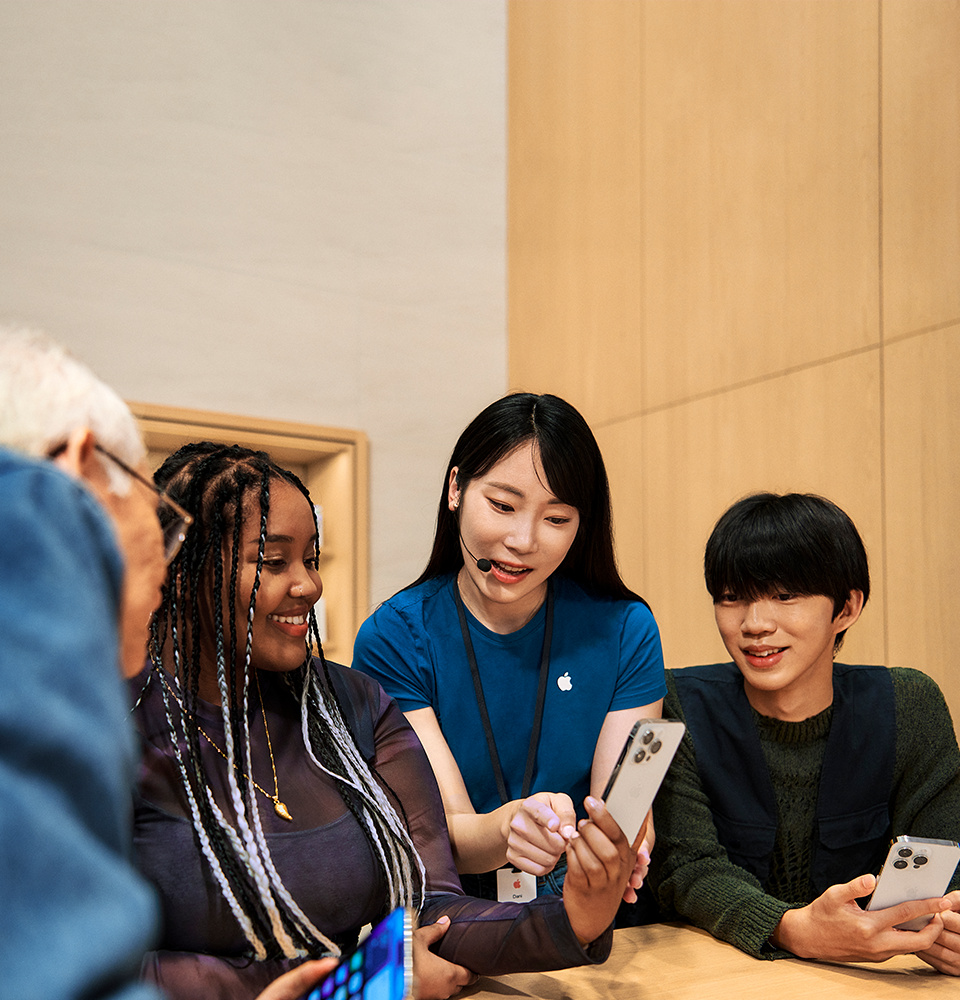
The Medical Marketing Minefield
Regulatory Grey Areas
Apple’s “Dear Apple” campaign operates in fascinating regulatory territory—carefully avoiding explicit health claims whilst allowing user testimonials to suggest diagnostic capabilities approaching medical device functionality.
When users describe “collapsed lungs being detected” or “strokes being identified,” Apple walks a fine line between user experience documentation and medical device marketing.
FDA approval exists for specific features—ECG monitoring, irregular rhythm detection, fall detection—but testimonials suggest broader diagnostic capability than official approvals cover, creating expectation gaps between marketing implications and regulatory reality.
The website’s health messaging shows more restraint, focusing on approved features like “chronic high blood pressure” notifications and “sleep score” tracking rather than emergency detection capabilities.
Accuracy Limitations
Industry research reveals earbud-based heart rate monitoring shows 15-34 BPM discrepancies compared to chest strap monitors, yet Apple’s marketing studiously avoids acknowledging these limitations.
The video testimonials suggest near-perfect diagnostic capability that clinical studies don’t necessarily support.
How This Could Be Approached Differently
Ecosystem Integration Narrative
Rather than presenting individual products, Apple should craft an ecosystem story demonstrating seamless integration. Picture opening with a user’s morning routine: AirPods Pro 3 providing live translation during international calls, Apple Watch detecting elevated stress and suggesting breathing exercises, iPhone Air capturing and automatically enhancing photos for immediate sharing.
Honest Limitation Acknowledgment
Pre-emptive transparency about trade-offs would build greater trust. Acknowledging that ultra-thin design impacts battery life, or that heart rate monitoring has accuracy limitations during high-intensity exercise, would demonstrate confidence and consumer respect.
The website could include comparison tools that help users understand trade-offs between models more clearly, addressing the choice paralysis that the guided tour video attempts to solve.
Sustainability and Values Positioning
Apple missed opportunities to address growing consumer consciousness around environmental impact.
The manufacturing sequences could emphasise recycled materials, renewable energy usage, and circular design principles—genuine competitive advantages that remain underutilised.
Language Precision
Eliminate empty intensifiers like “groundbreaking” and “revolutionary” in favour of specific, measurable benefits.
Focus copy on user outcomes rather than engineering achievements—what problems do these features solve, not how impressive the technology is.
Sophisticated Strategy with Tactical Blindspots
Apple’s September 2025 campaign represents marketing sophistication at its peak—emotionally compelling, technically impressive, and strategically sophisticated.
The convergent content strategy, production excellence, and testimonial authenticity demonstrate mature understanding of contemporary consumer psychology.
The website-video ecosystem shows particular strength in maintaining consistent messaging across touchpoints whilst adapting format to medium—videos provide emotional engagement, the website delivers clear information architecture.
Yet significant questions persist. Design misjudgements, questionable product-market fit for ultra-thin devices, and missed opportunities around AI positioning suggest even Apple’s formidable marketing machine isn’t immune to blind spots.
For digital marketers, it demonstrates how emotional storytelling and technical precision can coexist when properly orchestrated across multiple channels. For UX writers, it reveals both the power of authentic voice and the necessity of benefit-focused language. For AI evangelists, it shows how practical implementation trumps theoretical capability in user communication. For users, it presents genuine innovations wrapped in sophisticated psychological understanding—and occasionally, unrealistic expectations.
Apple continues to excel at making incremental improvements feel revolutionary across multiple touchpoints. Whether this approach remains sustainable in an increasingly competitive and sceptical market represents the most compelling question for the tech industry’s future.
The intersection of human vulnerability and technological capability creates powerful marketing opportunities—but also substantial responsibilities that extend far beyond traditional commercial considerations. Apple’s September showcase suggests they understand this complexity, even if they don’t always navigate it perfectly.
For more insights on digital marketing strategy and UX design, explore related content on technical writing and user experience design.
- https://ppl-ai-file-upload.s3.amazonaws.com/web/direct-files/attachments/10660488/60bfff07-7415-4c3e-9701-f30bf6c47db3/The-Can-t-Decide-Guide_-When-Apple-s-Helpful-Hand.docx
- https://ppl-ai-file-upload.s3.amazonaws.com/web/direct-files/attachments/10660488/e6d09a35-c6ff-49a3-ade1-6f89a56e8182/iPhone-Air_-The-Paradox-of-Ultrathin-Ambitions.docx
- https://ppl-ai-file-upload.s3.amazonaws.com/web/direct-files/attachments/10660488/6140193a-5d66-4d39-b874-97c3609e60d9/Dissecting-Apple-s-iPhone-17-Pro-Video_-The-Devil.docx
- https://ppl-ai-file-upload.s3.amazonaws.com/web/direct-files/attachments/10660488/3503835d-cbd2-400f-b980-cb624147938f/Apple-s-Product-Symphony_-Dissecting-the-September.docx
- https://ppl-ai-file-upload.s3.amazonaws.com/web/direct-files/attachments/10660488/ed112226-ef7f-459c-84f9-73204e17012b/Apple-s-_Awe-Dropping_-Event_-A-Multi-Perspective.docx
- https://ppl-ai-file-upload.s3.amazonaws.com/web/direct-files/attachments/10660488/b2d19318-1ece-4c5a-94de-c562258090c2/AirPods-Pro-3_-The-Sound-of-Science-Fiction-Meetin.docx
- https://ppl-ai-file-upload.s3.amazonaws.com/web/direct-files/attachments/10660488/c07528ee-3123-4b88-b1ca-818e3570e855/Dear-Apple__-When-Testimonials-Meet-Technology-s.docx
- https://www.apple.com
